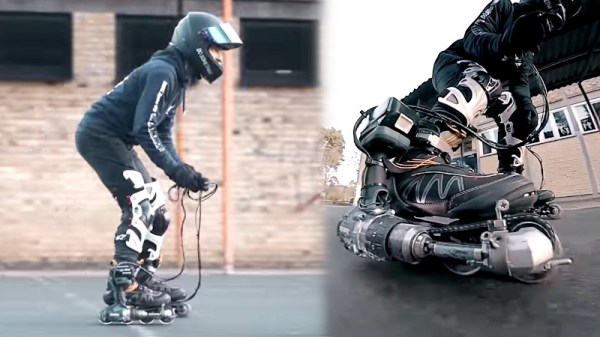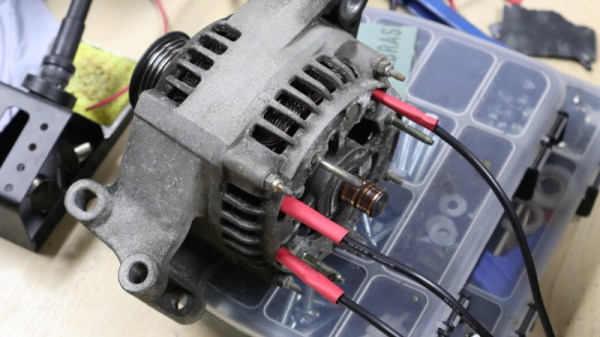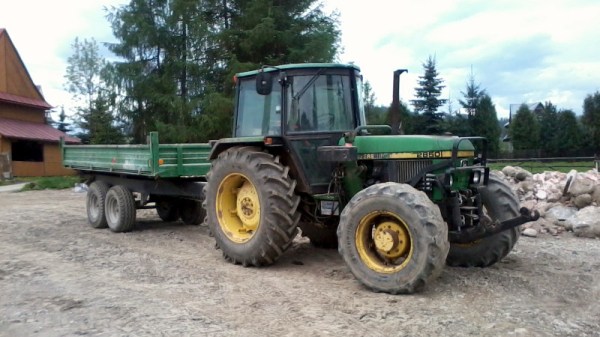Many a hacker has looked at their scooter, bike, or skateboard, and decided that it would be even better if only it had a motor on it. Setting out to electrify one’s personal transport can be an exciting and productive journey, and one that promises to teach many lessons about mechanical and electronic engineering. Fundamentally, the key to any build is the battery, which has the utmost say in terms of your vehicle’s performance and range. To help out, we’ve prepared a useful guide on selecting the right battery for your needs.
One Chemistry To Rule Them All
Batteries come in all shapes and sizes, and a variety of different chemistries that all have their own unique properties and applications. When it comes to small electric vehicles, it’s desirable to have a battery with a low weight, compact size, plenty of current delivery for quick acceleration, and high capacity for long range.
30 years ago, options were limited to lead acid, nickel cadmium, and nickel metal hydride batteries. These were heavy, with low current output, poor capacity, and incredibly slow charge times. Thankfully, lithium polymer batteries have come along in the meantime and are more capable across the board. Offering huge discharge rates, fast charging, light weight and high capacity, they’re undeniably the ultimate choice for a high performance electric vehicle. They’re also wildly popular, and thus cheap, too!
There are some hangups, however. It’s important to keep all the cells in a pack at the same voltage in order to avoid cells back-charging each other. This can cause damage to the pack, or even explosions or fire. Maintaining the battery voltages to avoid this is called “balancing”. It can be handled in various ways, depending on the exact style of battery you’re using, as we’ll cover later.
Additionally, lithium batteries do not like being over-discharged. As a rule of thumb, it’s a good idea not to let your batteries drop below 3.0 V per cell. Failure to keep this in check can lead to ruining a pack, hurting its maximum capacity and ability to deliver current.
There are thankfully ways around these issues, and which ones you use depends on the battery you choose for your application. Continue reading “Choosing The Right Battery For Your Electric Vehicle Build” →



















